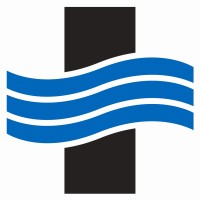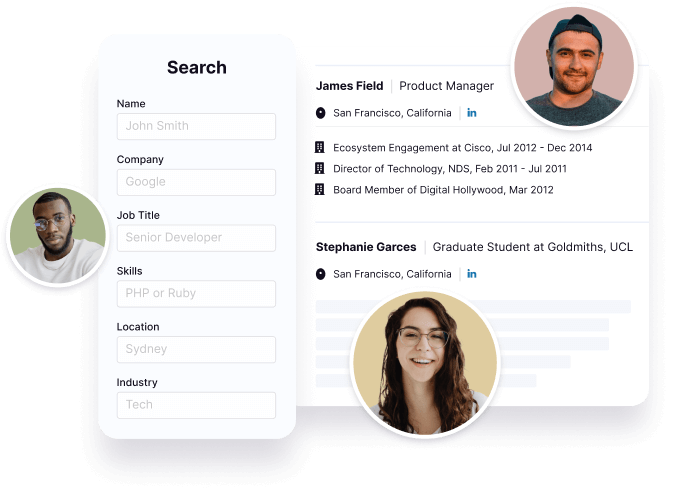Nigel Parsad's Email & Phone Number
Senior Machine Learning Engineer & AI Architect @ Disney Streaming
Nigel Parsad Email Addresses
Nigel Parsad Phone Numbers
Nigel Parsad's Work Experience







Pixel Informatics, LLC
Founder and CTO
September 2017 to October 2018


Bits2Body, LLC
Founder and CTO
November 2014 to November 2016


University of Chicago Medicine
Research Systems Analyst
December 2004 to April 2011

University of Chicago Medicine
Software Developer - Associate
September 2002 to December 2004


Show more
Show less
Nigel Parsad's Education
University of Chicago
University of Chicago
Boston University
Show more
Show less
Frequently Asked Questions about Nigel Parsad
What is Nigel Parsad email address?
Email Nigel Parsad at [email protected] and [email protected]. This email is the most updated Nigel Parsad's email found in 2024.
How to contact Nigel Parsad?
To contact Nigel Parsad send an email to [email protected] or [email protected].
What company does Nigel Parsad work for?
Nigel Parsad works for Disney Streaming
What is Nigel Parsad's role at Disney Streaming?
Nigel Parsad is Senior Machine Learning Engineer/AI Architect - Remote
What is Nigel Parsad's Phone Number?
Nigel Parsad's phone (217) ***-*428
What industry does Nigel Parsad work in?
Nigel Parsad works in the Management Consulting industry.
Nigel Parsad's Professional Skills Radar Chart
Based on our findings, Nigel Parsad is ...
What's on Nigel Parsad's mind?
Based on our findings, Nigel Parsad is ...
Nigel Parsad's Estimated Salary Range
Nigel Parsad Email Addresses
Nigel Parsad Phone Numbers
Find emails and phone numbers for 300M professionals.
Search by name, job titles, seniority, skills, location, company name, industry, company size, revenue, and other 20+ data points to reach the right people you need. Get triple-verified contact details in one-click.In a nutshell
Nigel Parsad's Ranking
Ranked #354 out of 7,085 for Senior Machine Learning Engineer/AI Architect - Remote in Illinois
Nigel Parsad's Personality Type
Introversion (I), Intuition (N), Thinking (T), Judging (J)
Average Tenure
2 year(s), 0 month(s)
Nigel Parsad's Willingness to Change Jobs
Unlikely
Likely
Open to opportunity?
There's 89% chance that Nigel Parsad is seeking for new opportunities











Nigel Parsad's Social Media Links
/in/nigelmparsad /school/uchicago/ /company/ibm